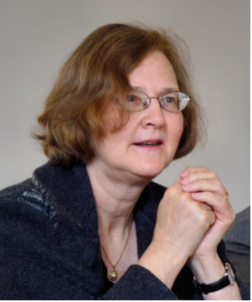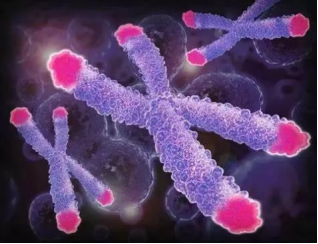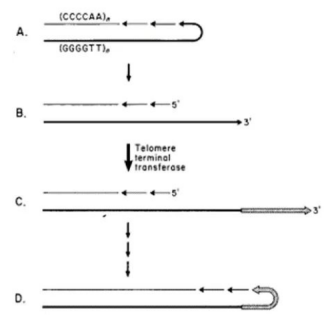Please click the button below to go to our email login page
|
A great female scientist who was awarded the 2009 Nobel Prize for only a paper in Cell and unveiled the mystery of human aging!Why do we age? How does it age unconsciously? Numerous scientists worldwide
are committed to unraveling the reason of “aging”. Her findings not only change
our understanding of aging, but also shed light on avenues to combat cancers and
delay aging. 01 Opening the door to the world of DNA sequences Elizabeth H. Blackburn was born in Tasmania, Australia, to a physicist father and a biologist mother. Blackburn defined her ambition of becoming a scientist at a young age.
Blackburn earned a bachelor’s degree in the University of Melbourne, and then enrolled as a graduate student in the laboratory of Frank Hird. She received a Ph.D. in the University of Cambridge, where she worked in the laboratory of Prof. Frederick Sanger, the recipient of the Nobel Prize for Chemistry. In the laboratory of Prof. Frederick Sanger, Blackburn realized the great possibility of DNA sequencing, which laid a critical foundation for her future research on human aging. 02 Discovering the protective effect of telomeres on chromosomes After graduating with a Ph.D., Blackburn began her postdoctoral research in the laboratory of American cell biologist and geneticist Joseph Gall, and together with her research team, found the existence of telomeres. Later, she continued to study the function of telomeres. In 1980, Blackburn and Dr. Jack Szostak co-discovered that telomeres are segments of special non-coding DNA occurring at the ends of chromosomes and can prevent chromosomal degradation.
Based on this research, Blackburn concluded that the shortening of telomeres is a key phenomenon in the process of cell aging towards death. 03 Finding telomerase and wining Nobel Prize Is it possible to resist aging by simply lengthening telomeres? To answer this question, Blackburn conducted a series of research with her graduate student Carol Greider, and finally found telomere terminal transferase (termed telomerase). Telomerase can add new DNA sequences to the end of chromosomes and bind with telomere protein, whereby chromosomal structure can be stabilized. In 1985, Blackburn and Greider compiled and published their findings in Cell, and later won the 2009 Nobel Prize for Physiology or Medicine.
04 Exploring the mysteries of human lifespan and health In 1990, Blackburn switched her research direction to the relationship between telomeres and human diseases. In 2000, Blackburn and a psychologist Elissa Epel initiated a cross-discipline collaboration, who conducted a 4-year follow-up study on 58 mothers caring for children with chronic diseases. The results indicated that mental stress accelerates aging while damaging human health, which triggered an explosion of findings in this field. The correlation between telomere shortening and the incidence risk of many human diseases has been unveiled, including cardiovascular diseases, cancers, diabetes, and Alzheimer's disease. As someone commented, “The achievements of Blackburn during over 30 years of research renovate the understanding of scientists about how cells work.” After the discovery of telomerase, Blackburn did not stop her scientific research, but challenged a new field to explore the effect of telomere to human lifespan and health, and acquired remarkable achievements, becoming a model for the new generation of scientists. |



